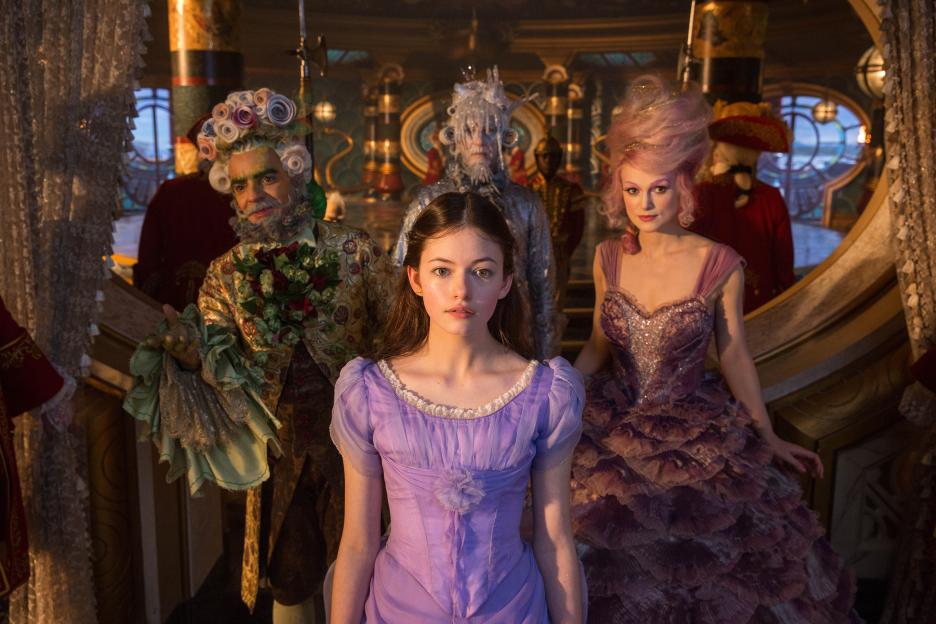
The Little Prince – The Value of Childhood
Yes, it?s a children?s story. Yes, it?s animated. And yes, it may make you want to be a child again. Hopefully you?ll remember how to do that.

Yes, it?s a children?s story. Yes, it?s animated. And yes, it may make you want to be a child again. Hopefully you?ll remember how to do that.

The Nutcracker has become an established holiday tradition. Most of us know it as the ballet and its Tchaikovsky music and now, Disney is bringing forth a new incarnation of the story in The Nutcracker and the Four Realms. The credits say the film is ?suggested by the short story ?The Nutcracker and the Mouse…